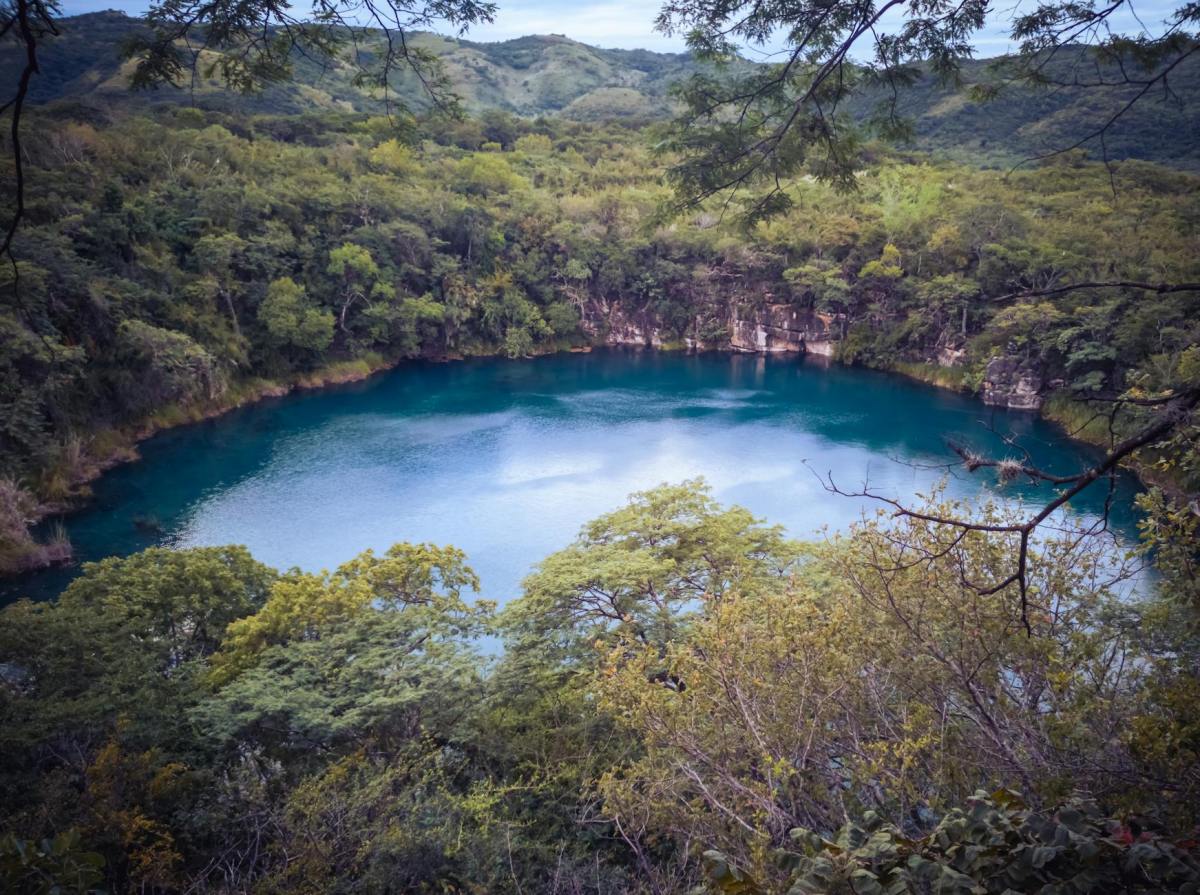Origin of World Environment Day
World Environment Day has been celebrated on 5 June since 1973, after it was established at the end of the previous year by the UN General Assembly in resolution A/RES/2994 (XXVII).
Literally, it ‘designates 5 June as World Environment Day and urges governments and the organisations of the United Nations system to undertake annually on that day worldwide activities reaffirming their concern for the protection and improvement of the environment, with a view to deepening awareness of environmental problems’.
The same year 1972 also saw the creation of the United Nations Environment Programme (UNEP), a specialised agency dealing with environmental issues, as its name suggests.
Since the first Environment Day was celebrated in 1973, it has also helped UNEP ‘to raise awareness and create political pressure to address growing concerns, such as ozone depletion, toxic chemical management, desertification and global warming’.
Thus, according to the UN’s own website, ‘the Day has become a major global platform for action on environmental issues. Over the years, millions of people have participated to promote change in our consumption habits, as well as in national and international policies.
Environment Day 2024. Our lands, our future
Over the last half century, the celebration of World Environment Day has become one of the most far-reaching platforms for such causes, with millions of people taking part in all kinds of activities, events and initiatives.
Each year it has had a different organiser and host, this year 2024 being Saudi Arabia.
This year’s World Environment Day campaign focuses on land restoration, drought resilience and desertification, under the slogan ‘Our land. Our future. We are the #GenerationRestoration’.
Why is a World Environment Day necessary?
The gradual ecological awareness that has been growing over the last decades serves to increase the commitment to the environment. For example, ecosystems around the world are under threat, from drylands to forests.
In fact, up to 40% of the planet’s land areas are degraded, a circumstance that affects half of the world’s population.
Droughts have increased by 29% over the course of the 21st century and if no action is taken, it is estimated that they could affect 75% of the world’s population by 2050.
Some relevant facts that should be taken into consideration are that every five seconds the equivalent of a football pitch is eroded. In contrast, it takes 1,000 years to generate just three centimetres of topsoil.
Another interesting fact to take into account in order to highlight the importance of the environment is that woodland in urban areas can cool the air by up to 5ºC, which helps to reduce the need for air conditioning by 25%.
Telefónica and the environment
Telefónica’s Climate Action Plan is its roadmap and is integrated throughout the company with the aim of achieving zero net emissions by 2040.
The operator’s environmental strategy is focused on optimising its fixed and mobile networks through energy efficiency, renewable energy and advanced technologies such as 5G (90% more energy efficient than 4G) and fibre optics (85% more energy efficient than copper).
In this way, Telefónica offers a secure, stable, robust and increasingly sustainable network with which to respond to the growing demand for data, allowing it to adopt actions that favour the reduction of CO2 emissions.
As proof of this commitment to the environment, Telefónica has reduced its operational emissions by 81.4% since 2015, and by just over 50% when including those generated in its value chain.
Thanks to the aforementioned technologies, fibre and 5G, and energy efficiency initiatives, the company has reduced energy consumption by 8.6% compared to 2015, despite the fact that the traffic managed by its networks has increased 8.6 times.
On the other hand, 100% of electricity consumption comes from renewable sources in Europe, Brazil, Chile and Peru, rising to 84% globally.
The operator is also working to become, through the circular economy, a Zero Waste company by 2030. In fact, by 2023 Telefónica had already recycled 97% of its waste, and repaired and reused 4.5 million pieces of electronic equipment from operations, offices and customers, of which 313,805 are network equipment.
The protection of biodiversity and efficient water management are other issues of special environmental relevance for Telefónica. Ninety-eight percent of its facilities are located in habitats of low or very low biodiversity value. In addition, in 2023 the company reduced its water consumption by 12.8% compared to the previous year.
Likewise, thanks to the fact that almost 200 million customers chose the paperless bill, the consumption of 4,375 tonnes of paper and the consequent felling of some 74,000 trees was avoided.
